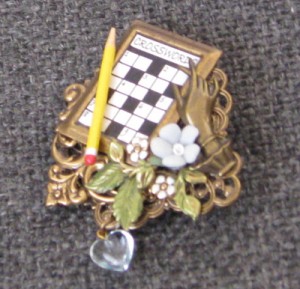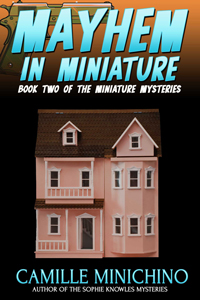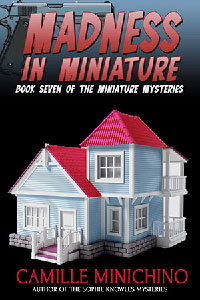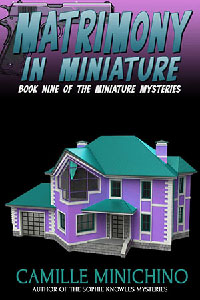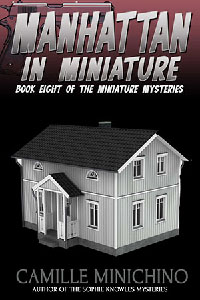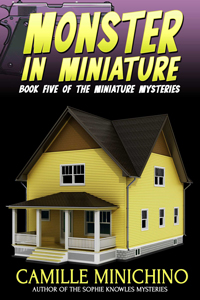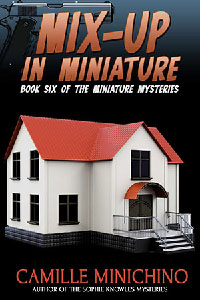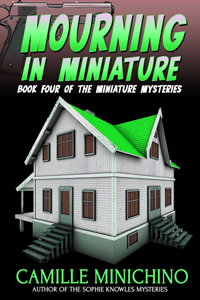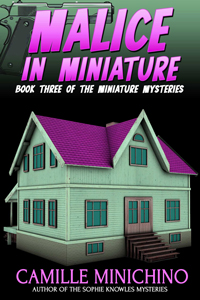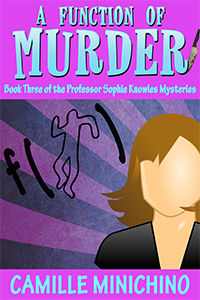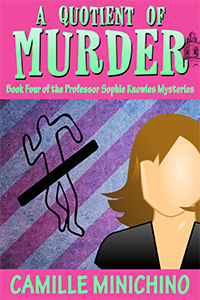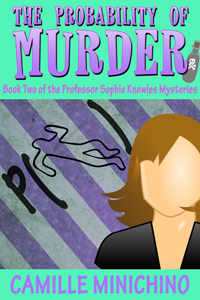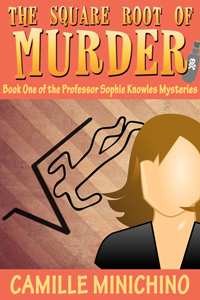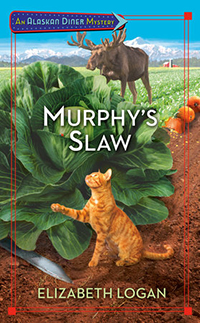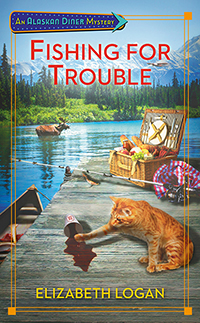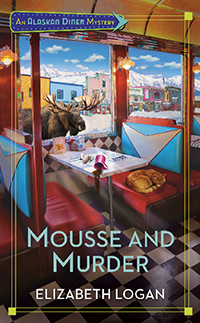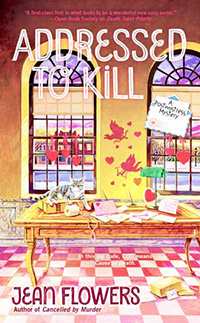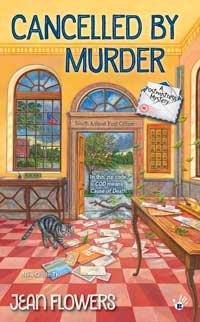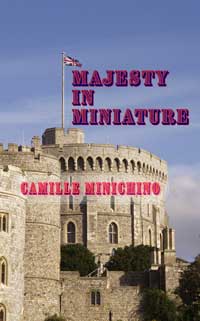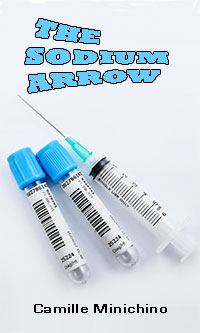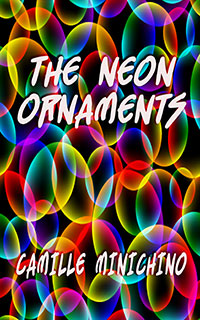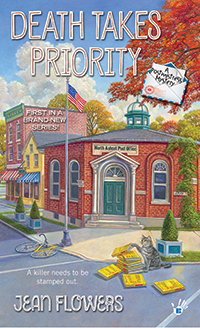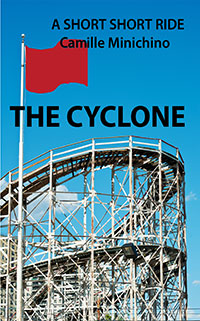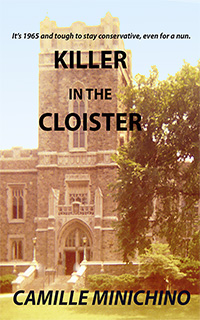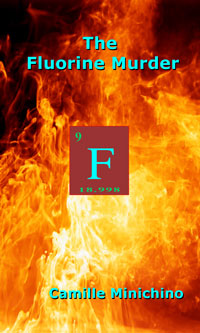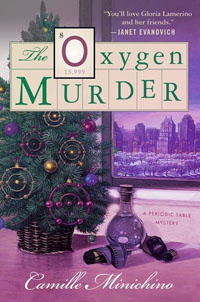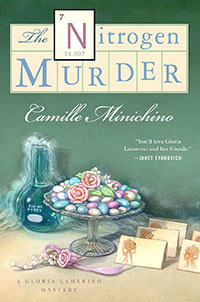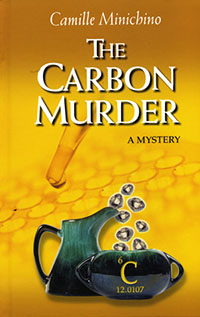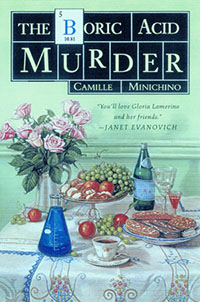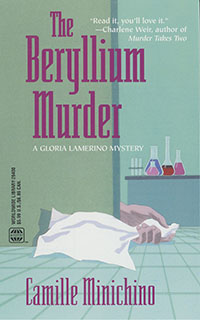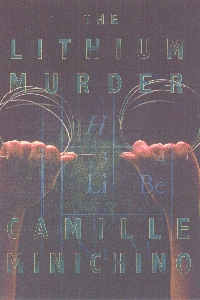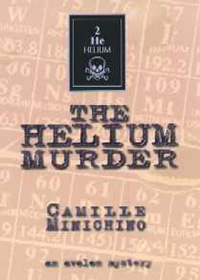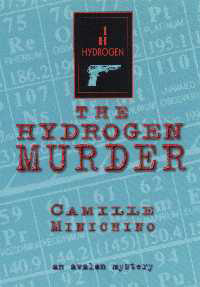Yes, another puzzle blog. This time with droodles.
Here are a couple of my favorites, so you may have seen them on my other blogs.
An easy one: ORSEMAN
And a little more tricky one: GESG, GSEG, GGES
And really tricky: O ER T O
I’ve been a puzzler (some say, I’ve been “puzzling,” and that may also be true) all my life. It started with math, where every day’s homework was a puzzle. For algebra: If one train leaves a station in Chicago going 30 miles an hour, and another train . . . For geometry or trig: Given two sides of a triangle …
I loved those problems, which to me were just games and puzzles. And I wrote a series in which the protagonist creates puzzles for a magazine.
We often hear that mysteries are like jigsaw puzzles, that writers and readers enjoy putting the pieces together, ending up with a satisfying solution, much like turning 1500 jagged pieces into a reproduction of Monet’s Water Lilies.
In a way. But mysteries have to be more challenging than that. It’s too easy when all the pieces are piled up with one brisk dump from the box, and what’s required is simply to sort them and fit them together to match the picture on the cover of the box.
In a good “whodunit” mystery, there are many sets of clues that unfold: some are hidden in plain sight, some are subtly presented, some not; some are within the character profiles and arcs, the setting, or the plot. These mysteries are solved not by simply putting a given number of known pieces together, but by first sorting out the pieces that matter from the ones that don’t. Maybe there are a couple of red herrings; maybe there are no herrings of any color.
I’ve seen jigsaw puzzles where the manufacturer has deliberately included extra pieces that don’t belong in the scene. Similarly, there are the crossword puzzles that are diagramless. No black squares give us the word length; we have to figure that out ourselves.
Those puzzles are more like the great mysteries, where the clue is that the dog did not bark or the answer has been in the letter on the mantel all along.
Sometimes I worry that I’m wasting time with the morning acrostic, or the Sunday NY Times crossword.
Is it enriching my life that I’ve learned a new word (predacious: predatory, plundering) or factoid (molasses is an ingredient of rum)?
I take my response from no less a puzzle figure than Erno Rubik (b. 1944), sculptor, architect, and inventor of the Rubik’s cube (patent, 1975). He has this to say: “The problems of puzzles are very near the problems of life, our whole life is solving puzzles.”
Some of us get more practice than others.
All this talk about puzzles. Let’s do one more. A cryptoquote:
B SZ MYU MA CVMFU EVM CVBYW JBWU YMNUJ, CVSC VRZSYBCL EBJJ HXSE ZMXU TMMH CVSY UOBJ AXMZ YUE HBFPMOUXBUF. – ZSXBU PRXBU
Of course, there will be a drawing. Send answer to camille.minichino@gmail.com
Both comments and pings are currently closed.
 Filed Under :
Filed Under :  Apr.20,2017
Apr.20,2017